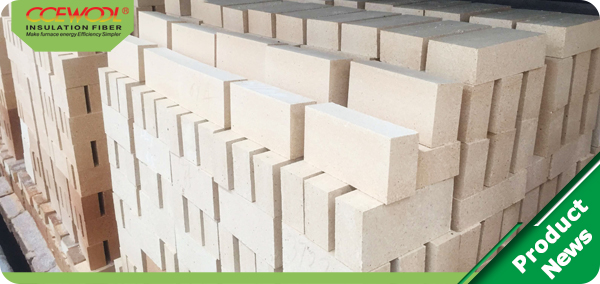
Jul. 28, 2016
Refractory brick’s compressive strength refers to the max pressure the material’s per unit area can withstand under the above the 1000-1200C high temperature hot state.

The refractory brick’s compressive strength varies obviously with the increase of temperature. The refractory brick’s compressive strength is controlled by some component, especially the substrate or the coupling phase changes that occurs in the high temperature. Generally, sintered refractories composed entirely of crystals, the crystals and grain boundary prone to plastic deformation in the heat, especially more prone to plastic deformation when small loading speed. So the refractory brick’s compressive strength will reduce with temperature increasing.
When parts of crystal phase melting or forming the molten mass at the high temperature, like the silica brick, clay brick, high alumina brick, the substrate is mainly composed by glassy phase, the strength will reduce with the temperature increasing. When the temperature rises, the glassy phase’s viscosity changes from brittle to high strength and toughness, making the particles binding very strong, so the refractory brick’s strength will improve various. Then the viscosity decline sharply with the rising temperature, so the refractory brick’s strength will reduce sharply accordingly.
CCEWOOL provide the kinds refractory brick for furnace/kiln/oven... Like clay brick, high alumina brick.
